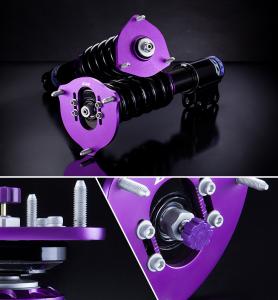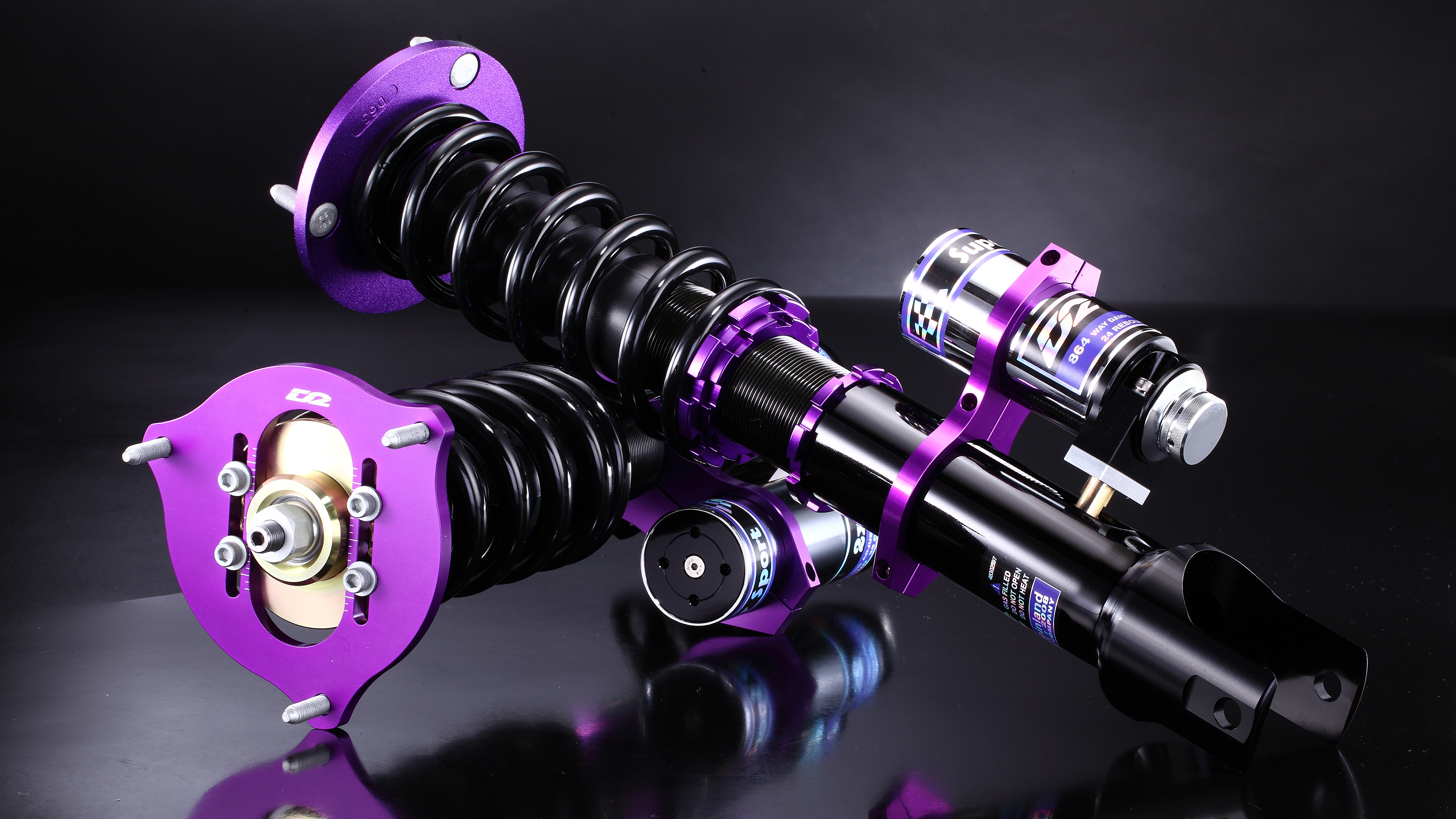How to Choose the Right Coilovers for Your Vehicle
How to Choose the Right Coilovers for Your Vehicle
Blog Article
Installing Coilovers on your car can dramatically improve the ride quality, handling, and functionality of your vehicle. If you're seeking to boost your operating experience, that manual may walk you through the measures to install coilovers precisely while ensuring security and functionality.
What Are Coilovers?
Coilovers are a mix of a coil spring and surprise absorber, located together as you component. They let vehicle lovers to adjust the experience height, stiffness, and damping of these car, making them a popular change for both street and track use. Prior to starting the installment, assure you've plumped for the right coilovers designed to your car produce and model.

Resources You'll Need
Before you begin, gather the mandatory instruments to help make the method efficient and safe:
Port and port stands
Torque wrench
Outlet set
Spring converters (if needed)
WD-40 or perhaps a decay penetrant
Rubber mallets and screwdrivers
Double-check your vehicle's requirements and make sure you've every thing needed to accomplish the job.
Step-by-Step Manual to Adding Coilovers
1. Prepare Your Vehicle
Begin by parking your vehicle on a set, stable surface. Interact the parking brake and guarantee the port stands are safely set up to stop accidents throughout installation. Carry the car using a hydraulic port and eliminate the wheels at all corners.
2. Eliminate the Old Suspension
Making use of your socket set, locate the products keeping your present shocks, struts, and rises in place. Use rust penetrant if screws look difficult to loosen. When the bolts are removed, you should be able to get the suspension parts carefully. Hold pieces prepared in case you require to check straight back for reference.
3. Mount the Coilovers
Arrange the increasing details of the coilovers with the supports on your own car. Protected them in position utilising the screws provided by the manufacturer. Ensure that you follow the torque requirements that come with the directions; over-tightening or causing screws free could compromise safety.
4. Adjust Top and Preload
Most coilovers offer adjustment bands to create trip top and preload. Utilising the presented tools, change the controls to your preferred measurement, ensuring enough approval for driveability without reducing performance.
5. Check always All Bolts and Connections
Before finishing up, review every secure and relationship to make sure they are secure. A free secure throughout function can result in substantial problems on the road.
6. Reinstall Wheels and Test Drive
After the coilovers are installed, place the wheels back on and lower the car. Take the vehicle for a brief check travel to familiarize yourself with the brand new setup. Listen for just about any unusual disturbances and recheck products after the drive.

Fine-Tuning for Maximum Efficiency
The sweetness of coilovers is their adjustability. After installment, spend time fine-tuning the rigidity, damping, and experience top to suit your preferences, whether you prioritize track-level performance or perhaps a relaxed day-to-day drive.
Installing coilovers on your car is just a satisfying project that elevates both appearance and performance. With this manual, you can confidently handle the method and enjoy superior handling on every drive. Recall, protection generally comes first, therefore spend some time, double-check every step, and do not hesitate to consult a specialist if needed. Pleased driving!
Report this page